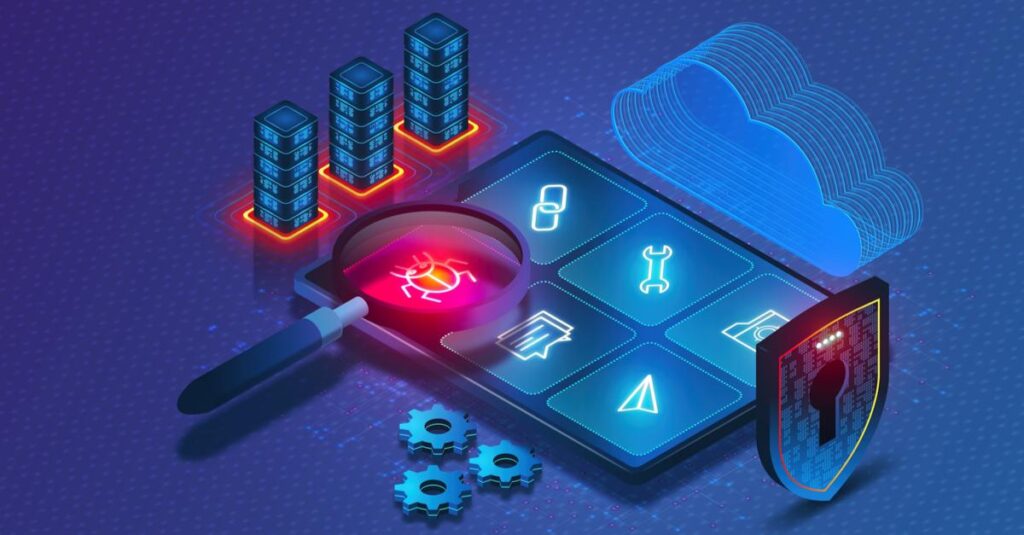Threat Hunting
THREAT HUNTING
Cyber threat hunting is a proactive security search through networks, endpoints, and datasets to hunt malicious, suspicious, or risky activities that have evaded detection by existing tools.Proactive cyber threat hunting tactics have evolved to use new threat intelligence on previously collected data to identify and categorize potential threats in advance of attack.By hunting for evidence that a breach has occurred, threat hunting enables security teams to identify unknown threats and respond quickly and effectively to them before they cause damage and disruption.

Threat Hunting Methodologies
This approach to threat hunting involves leveraging tactical threat intelligence to catalog known IOCs and IOAs associated with new threats. These become triggers that threat hunters use to uncover potential hidden attacks or ongoing malicious activity.
It combines powerful data analysis and machine learning to sift through a massive amount of information in order to detect irregularities that may suggest potential malicious activity. These anomalies become hunting leads that are investigated by skilled analysts to identify stealthy threats.
Threat Hunting Steps
A trigger points threat hunters to a specific system or area of the network for further investigation when advanced detection tools identify unusual actions that may indicate malicious activity. Often, a hypothesis about a new threat can be the trigger for proactive hunting.
During the investigation phase, the threat hunter uses technology such as EDR (Endpoint Detection and Response) to take a deep dive into potential malicious compromise of a system. The investigation continues until either the activity is deemed benign or a complete picture of the malicious behavior has been created.
The resolution phase involves communicating relevant malicious activity intelligence to operations and security teams so they can respond to the incident and mitigate threats. The data gathered about both malicious and benign activity can be fed into automated technology to improve its effectiveness without further human intervention.
